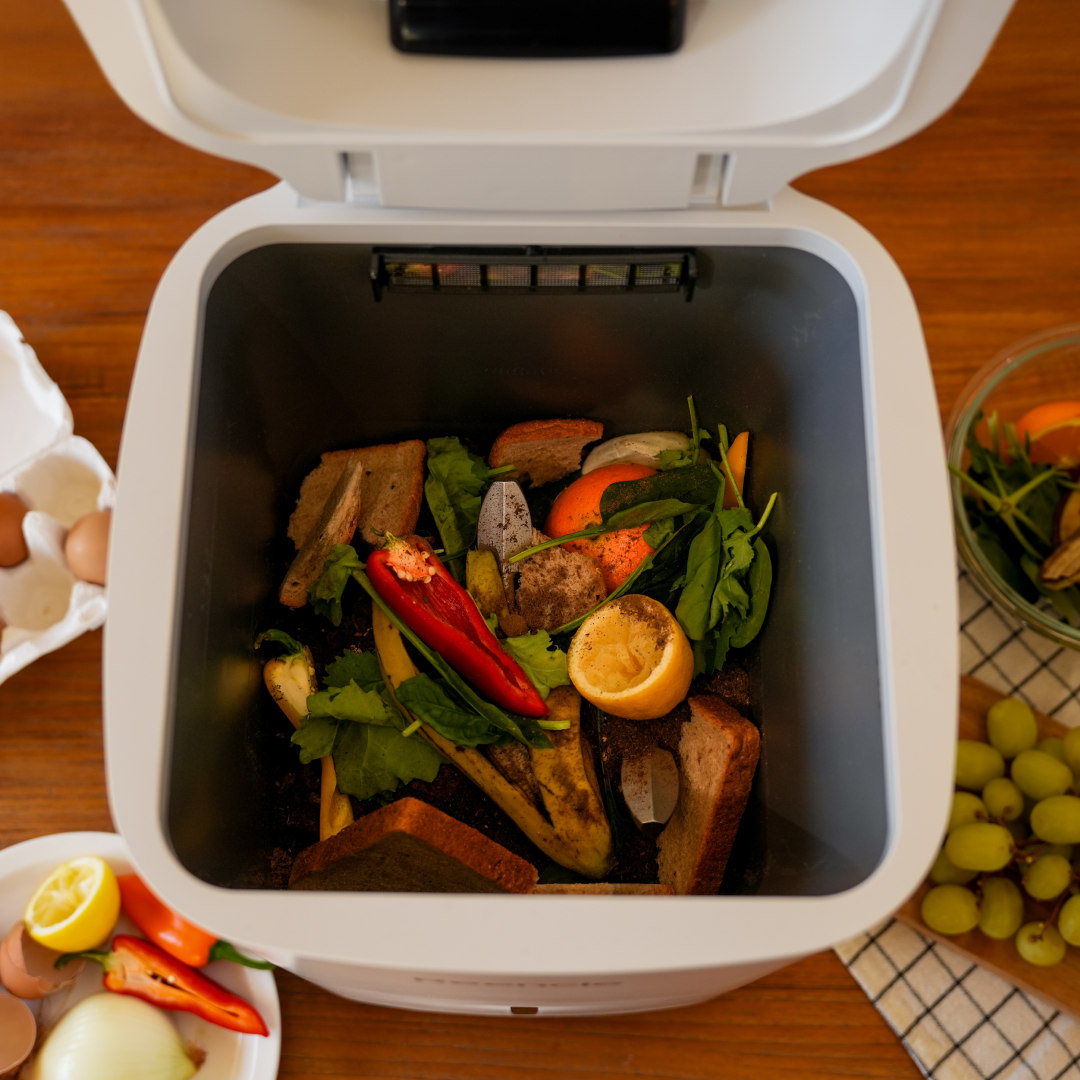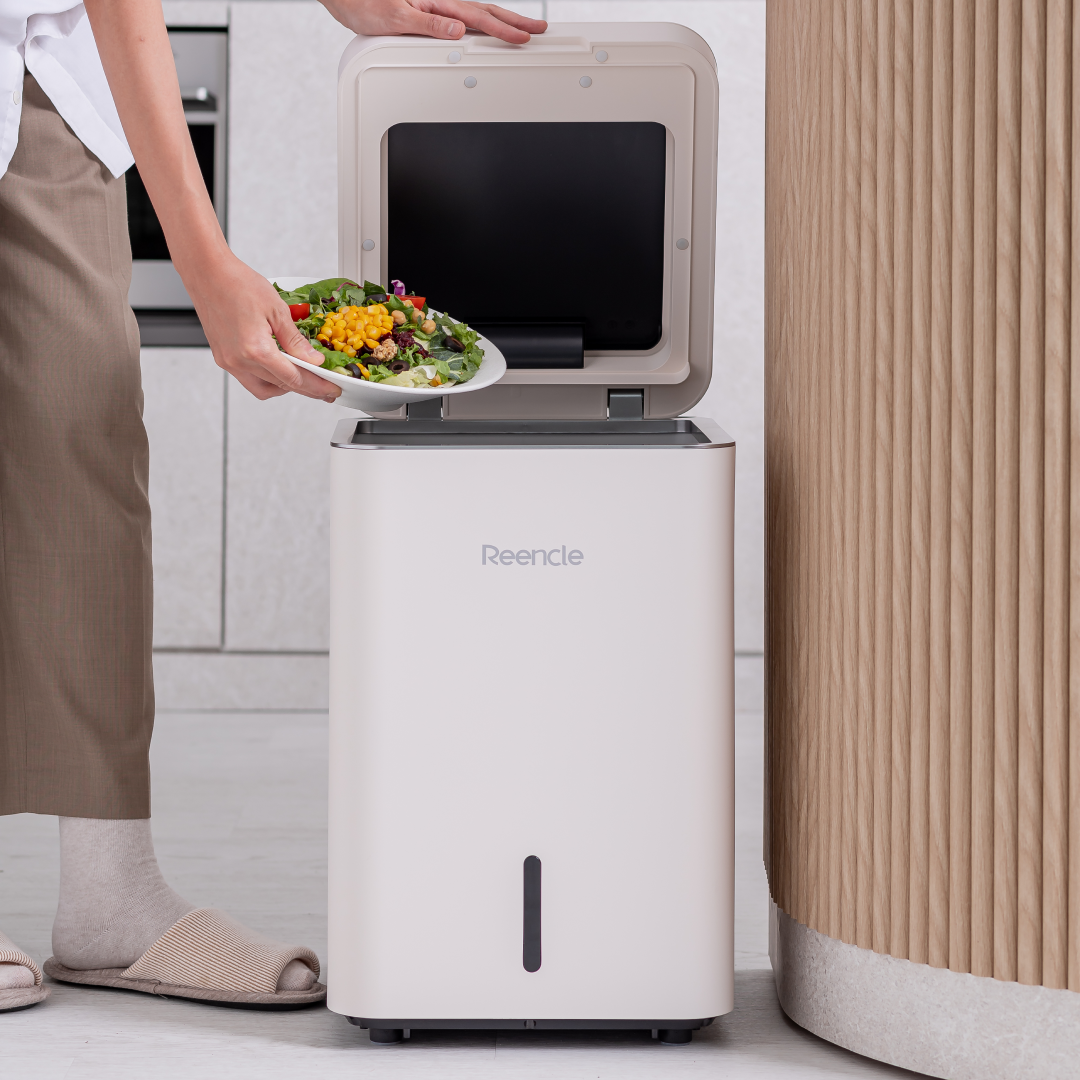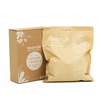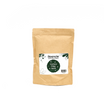Can I Compost Moldy Fruit?
A Complete Guide


Why does our partnership matters
For every purchase, we plant 1 TREE to nurture our planet 🌲Together, we are sowing the seeds of change and cultivating a greener, more sustainable world.
Anything else?
Anything else?You willl also receive an official certificate from Greenspark as a token of appreciation for your commitment to the environment! 📜
How do we see the progress?
How do we see the progress?Join us on this remarkable journey towards an impact dashboard.You can see how your eco-smart choice made the world a better place
 View more
View more
Your support empowers reforestation, fights climate change,
and paves the way for a brighter, eco-friendly future.
Join us on this remarkable journey towards a cleaner,healthier planet.
Shop with a purpose, shop with Reencle! 🛒💚
The Simple Answer
Yes: Moldy fruit can absolutely be composted in a traditional compost pile.In fact, moldy fruit is often better for composting than fresh fruit! The mold represents beneficial microorganisms that have already begun the decomposition process, giving your compost pile a head start. This natural breakdown makes moldy fruit decompose faster than fresh fruit..
Benefits of Composting Moldy Fruit
Moldy fruit adds valuable elements to your compost pile. It's considered a "green" material, contributing nitrogen and moisture to your compost system.
Key benefits include:
- Introduces beneficial fungi and microorganisms to your compost
- Provides nitrogen and natural sugars that feed composting microbes
- Breaks down faster than fresh fruit due to pre-decomposition
- Adds moisture that helps maintain proper composting conditions
- Contributes vitamins and minerals from the original fruit
What Happens If You Add Too Much?
While moldy fruit is excellent for composting, adding excessive amounts may cause:
- Fruit flies and other small insects attracted to the fermenting sugars
- Excess moisture creating soggy, anaerobic conditions
- Strong fermentation odors if too much is added at once
- Potential for the compost to become too acidic temporarily
Pro tip: To avoid these issues, mix moldy fruit with plenty of "brown" materials like dried leaves, cardboard, or wood chips. Bury fruit scraps in the center of your pile to discourage flies and balance the moisture content. Adding moldy fruit in smaller, regular amounts works better than large quantities all at once.
Can You Compost Moldy Fruit in Reencle?
Yes: Moldy fruit is excellent for composting in a Reencle.
Reencle's microorganism technology works exceptionally well with moldy fruit. The beneficial fungi and bacteria already present in the moldy fruit can actually complement and enhance the microbes in your Reencle system, potentially speeding up the overall composting process.
The contained system also prevents the fruit fly issues that might occur with moldy fruit in an open compost pile. For best results in your Reencle, you can add moldy fruit directly—no special preparation needed beyond cutting larger pieces into smaller chunks if desired.
Final Thoughts
Don't throw away that moldy fruit in your fridge! It's actually composting gold. Whether you're using a traditional compost pile or a modern Reencle system, moldy fruit transforms quickly into valuable nutrients for your garden. The mold that might make the fruit unappetizing for humans is exactly what makes it perfect for composting
Remember that mold is nature's recycling system at work. By composting moldy fruit, you're working with natural processes to create rich, healthy soil amendment while reducing food waste. Your plants will love the nutrients, and you'll love knowing nothing went to waste!











